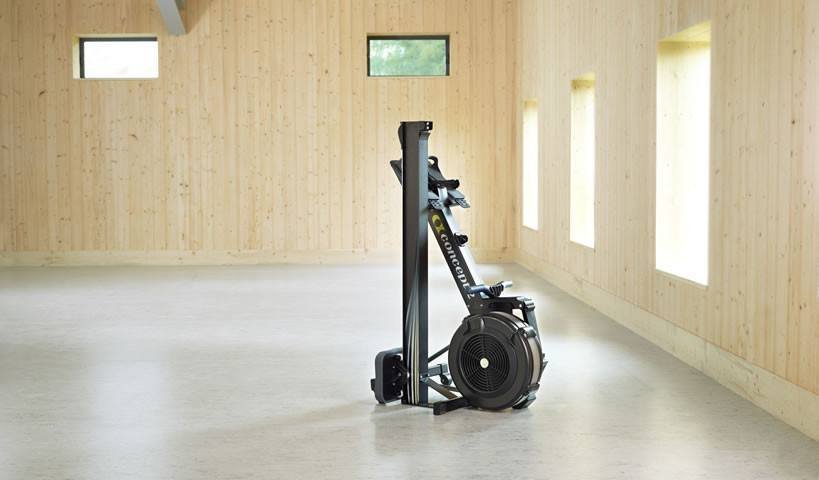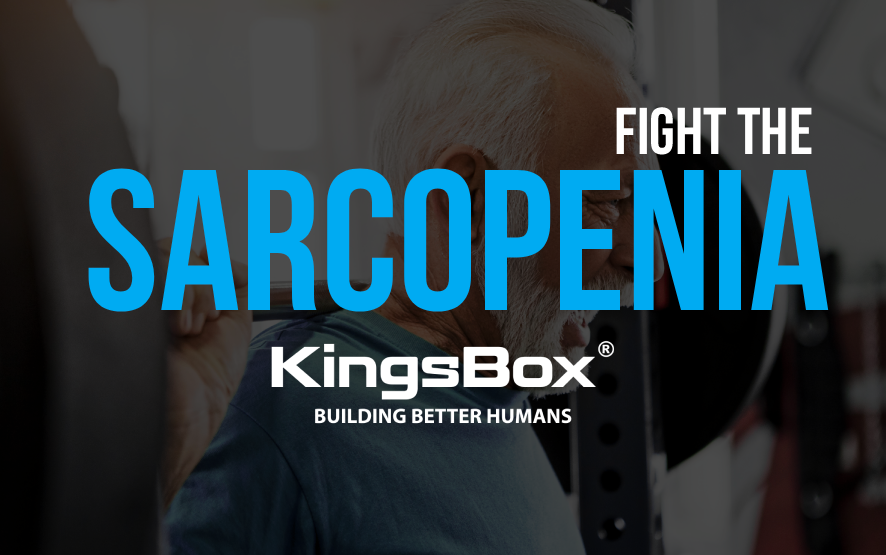The history of the rowing machine has its roots in antiquity and dates back to the 13th century.
In fact, the first regatta boat was found at that time.
In its many forms, the nautical regatta was what started the need to train even on land as they say “in secca” (on the dry).
Some versions of training rowing machines for ground rowing were also found in 4th century BC Athens.
But the real history of rowing starts in the 1800s.
Indice dei contenuti
The first patent for the rowing machine
In 1872 a patent was issued in the United States for the first rowing machine to Mr. WB Curtis, which obtained such a patent that included a flywheel and a ratchet system.
At that time, it was believed to be the first mechanism of its kind. But it wasn’t quite so.
Although this rowing machine was very different from those used today, it actually laid the foundation for modern indoor rowing machines used by athletes and amateurs.
This flywheel design is still used today.
Although it has greatly improved, especially in regards to the fluidity of movements, it’s often still the first choice for multiple rowing manufacturers.

The first commercial rowing machine
It is from 1900 onwards that the history of rowing machines finally takes giant steps.
As college competitions increased, students always needed to perform better.
This is why the first commercial rowing machines were sold on campus, providing them with the perfect alternative for off-season training.

Different models have tried to measure the friction or intensity of rowing movements to keep track of performance.
But only thanks to Gjessing Nilson in the 70s -who introduced the use of ballast weights- really began to have concrete results.
Using different weights, students were able to monitor their rowing performance and work to improve both strength and technique.
But the real Achilles’ heel of these models was the design.
The movements were not the most fluid and their design was often too complex to easily move machines from one place to another.
The 80s and mass production
It was in the early 1980s that rowing machines really began to be seen as practical training options.
With an increasingly lightweight design, rowing machines began to be able to be transported. Allowing athletes to train more comfortably.
In addition, it was the 80s that introduced the technology of air resistance that changed the world of rowing forever.
At the beginning of the 80s an Australian company -very famous among us sportsmen- launched the first indoor rowing machine with adjustable resistance. The combination of flywheel design with the incorporation of air resistance allowed the production of the first Concept2- the MODEL A.




The 90s and the digitalization of the rowing machine
The 1990s were a revolutionary time for many types of fitness equipment. Rowing machines were part of the digital revolution that saw the early stages of digital performance detection used on rowing machines.
In this period, some pneumatic solutions were also produced, but they were not able to become popular, especially among domestic users because they were still not convenient.
The present
Rowing machines have never been as reliable and capable as they are today.
Many of them come with folding designs, recommended for both professional training and home use. With fully digitalized experiences, they can accomodate multiple users and represent one of the most successful solutions for weight loss and fun training.
The low impact of the rowing machine on the joints allows this type of training to be used by anyone who wants to keep fit, not only real rowers.
Today’s rowing machines are equipped with different levels of resistance and are created for maximum connectivity.
If you train with a modern rowing machine, you have the possibility to transfer, store and keep track of your training results. This comes in handy from different perspectives, especially when training for a goal, such as improved cardiovascular endurance.
Air resistance and magnetic resistance are the 2 most commonly used systems on modern rowing machines. Water rowing machines are also available. Although they are more expensive, they are the types of machines that allow you the closest experience to rowing in the water. They are often paired with wooden frames to provide a truly premium training experience.






The future of rowing machines
Many people believe that there is no more room for innovation when it comes to rowing machines. But this is not the case, as the history of rowing has already shown: changes are often much faster than you think.
One of the areas that should have a major impact on future training is wearable technologies.
These technologies are generally expensive for the occasional user, they are becoming more convenient. Several solutions can now also be purchased by the home user.
This means being able to monitor the biomechanics of their movements and analyze them with the help of their coach.
The history of the rowing machine is deeply rooted in competitions but has become more and more current and accessible to the general public.
We are sure that the rowing machine is his way still holds many surprises.
How to choose your rowing machine
If you do not know how to choose which rowing machine to buy, please read this interesting rowing guide.







